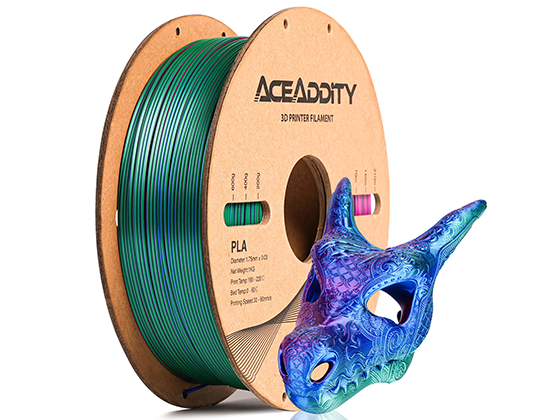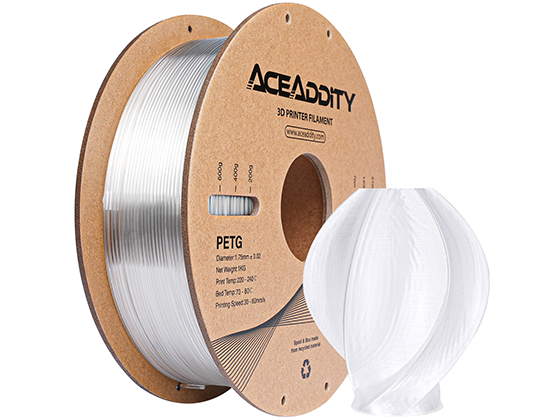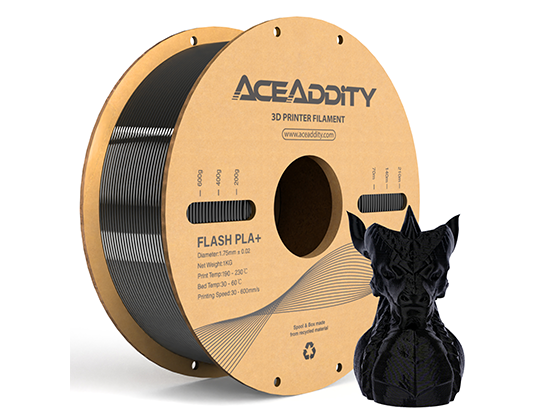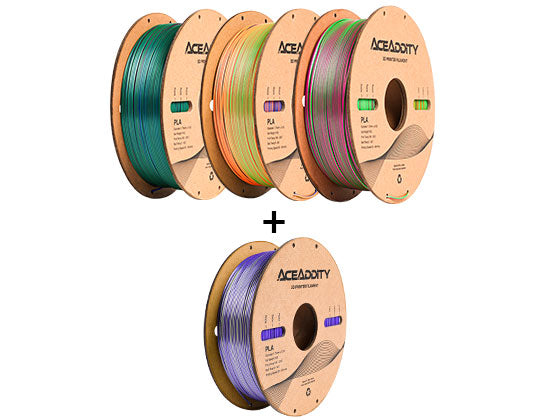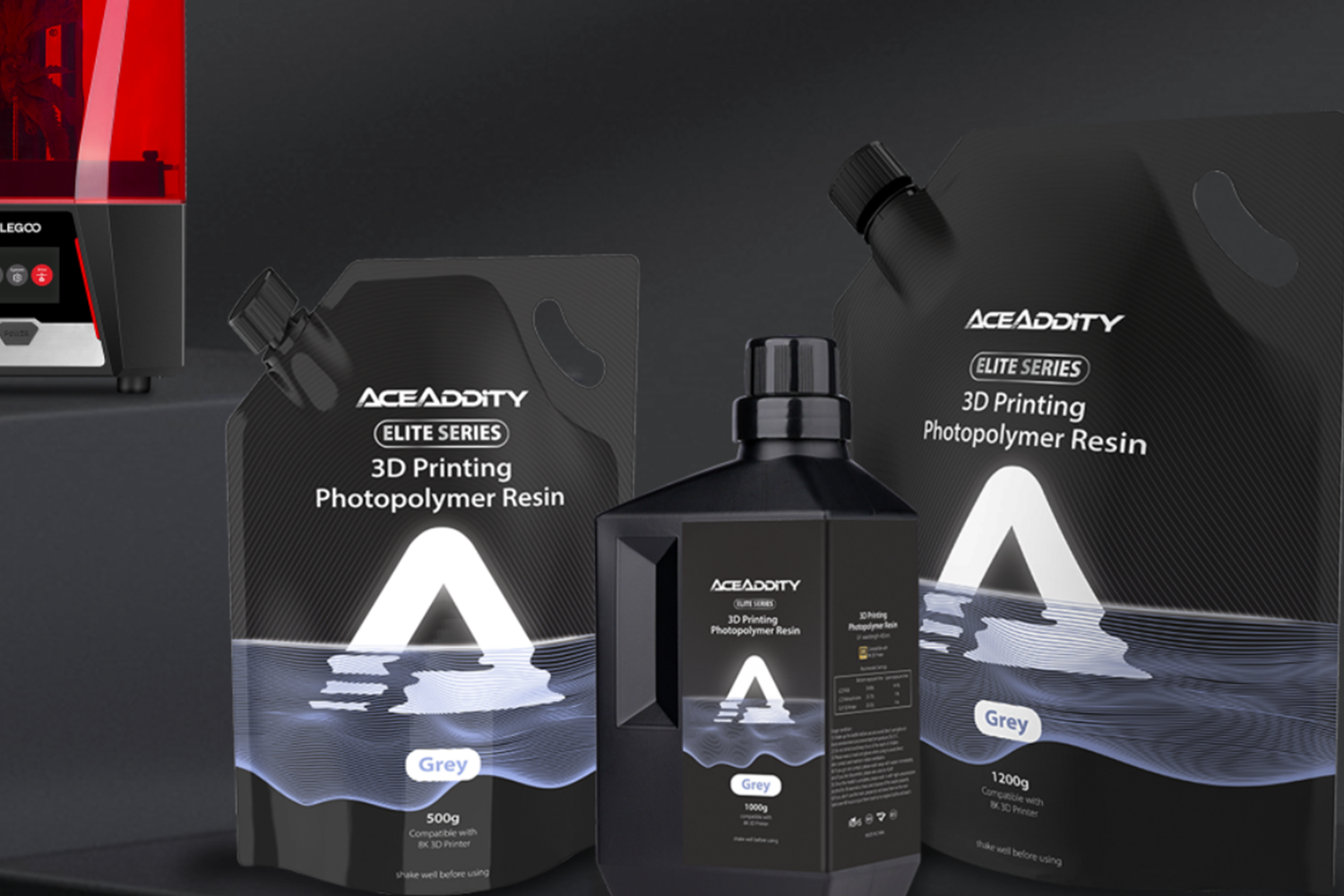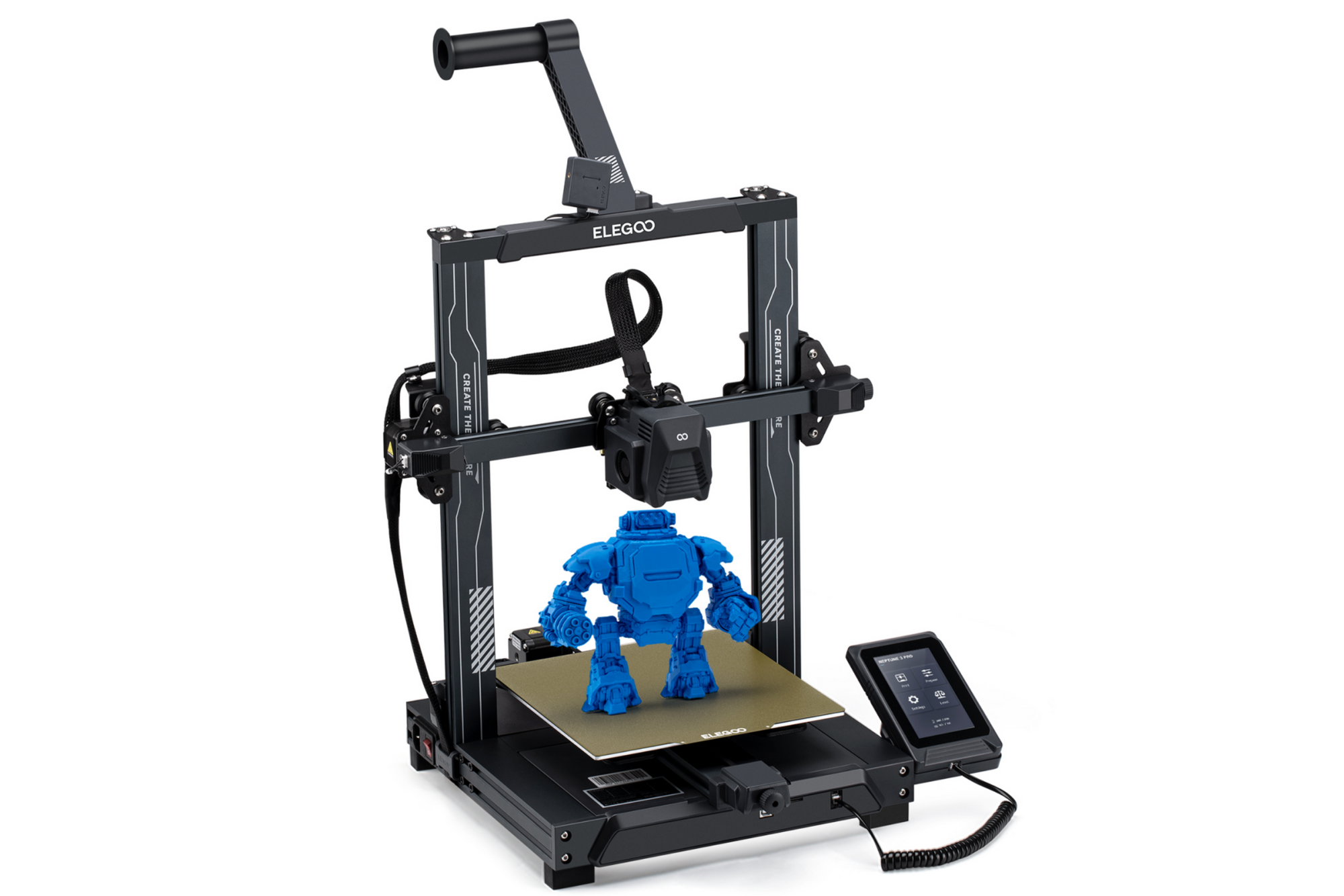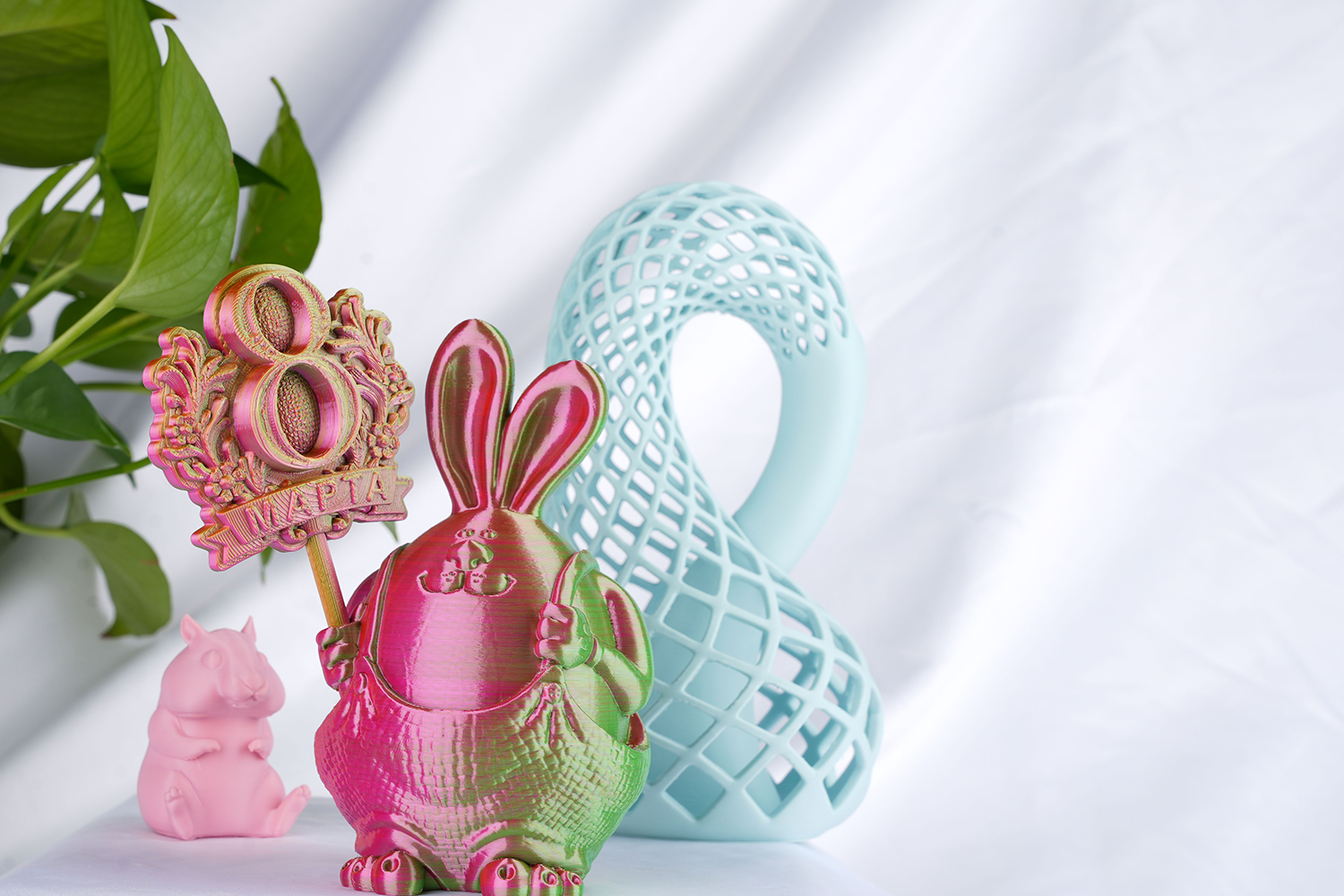3D printing resin is a popular material for creating high-detail and precision 3D prints, but it's not without its drawbacks.
In this guide, we'll explore the pros and cons of 3D printing resin, so you can determine if it's the right material for your next project.
Pros of 3D Printing Resin
High Detail and Precision:
Resin printing offers the ability to create high-detail, precise prints with smooth surfaces and intricate shapes.
This makes it ideal for creating small parts, jewelry, or other objects with fine details.
Wide Range of Colors and Finishes:
Resin comes in a wide range of colors and finishes, allowing for customization and flexibility in the printing process.

Fast Printing Times:
Resin prints can often be completed faster than other types of 3D printing, due to the ability to cure multiple layers of resin at once.
Cons of 3D Printing Resin
Toxicity:
Resin can be toxic and may cause skin irritation or other health issues if not handled properly.
This requires additional safety precautions when handling and disposing of the material.
Limited Durability:
While resin prints are highly detailed and precise, they may not have the same level of durability as other materials, making them more prone to cracking or breaking.
High Cost:
Resin printing can be more expensive than other types of 3D printing, due to the cost of the resin material and the specialized equipment required for the printing process.
When to Use 3D Printing Resin
While resin printing may not be the ideal choice for every project,
there are certain situations where it can be particularly useful. Some examples include:
Jewelry Making:
Resin printing is ideal for creating intricate jewelry designs with fine details and a range of colors and finishes.

Prototyping:
Resin printing is often used in prototyping and product development, due to its ability to create precise, detailed models quickly.

Small Parts:
Resin printing is well-suited for creating small parts or components,
due to its ability to create fine details and smooth surfaces.
3D printing resin is a versatile and powerful material for creating high-detail and precision 3D prints.
However, it's important to weigh the pros and cons of using resin for your project, and consider other factors like cost, durability, and safety.
With careful consideration, you can determine if resin printing is the right choice for your next project and achieve stunning results.


